Archives
- 2025-12
- 2025-11
- 2025-10
- 2025-09
- 2025-03
- 2025-02
- 2025-01
- 2024-12
- 2024-11
- 2024-10
- 2024-09
- 2024-08
- 2024-07
- 2024-06
- 2024-05
- 2024-04
- 2024-03
- 2024-02
- 2024-01
- 2023-12
- 2023-11
- 2023-10
- 2023-09
- 2023-08
- 2023-06
- 2023-05
- 2023-04
- 2023-03
- 2023-02
- 2023-01
- 2022-12
- 2022-11
- 2022-10
- 2022-09
- 2022-08
- 2022-07
- 2022-06
- 2022-05
- 2022-04
- 2022-03
- 2022-02
- 2022-01
- 2021-12
- 2021-11
- 2021-10
- 2021-09
- 2021-08
- 2021-07
- 2021-06
- 2021-05
- 2021-04
- 2021-03
- 2021-02
- 2021-01
- 2020-12
- 2020-11
- 2020-10
- 2020-09
- 2020-08
- 2020-07
- 2020-06
- 2020-05
- 2020-04
- 2020-03
- 2020-02
- 2020-01
- 2019-12
- 2019-11
- 2019-10
- 2019-09
- 2019-08
- 2018-07
-
SIN-1 chloride Nanocomposite films with a GNP DNA
2020-05-18
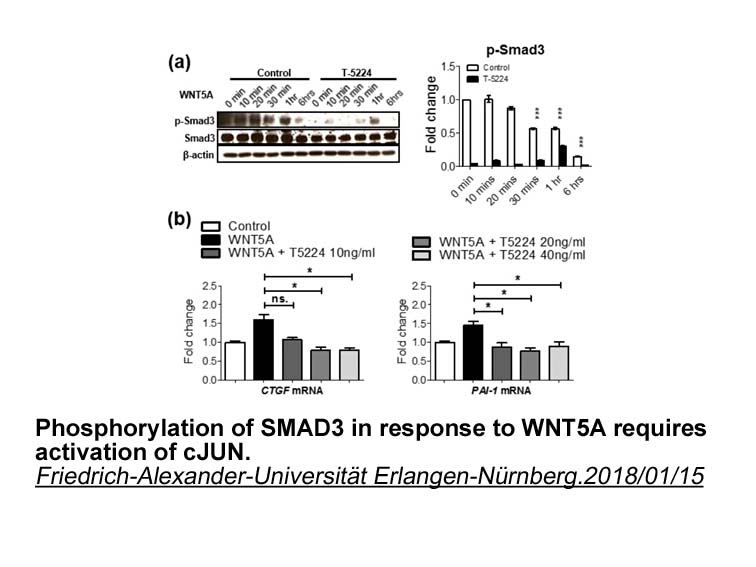
Nanocomposite films with a GNP-DNA filler concentration of 20 wt%, 30 wt%, and 40 wt% were investigated by electrical impedance spectroscopy before and after UV-C irradiation (Fig. 2). EIS data were fitted to a RC-circuit model and surface resistivity values were calculated from the fitted resistanc
-
PSB 0777 ammonium salt CYP A is involved in the metabolism o
2020-05-18
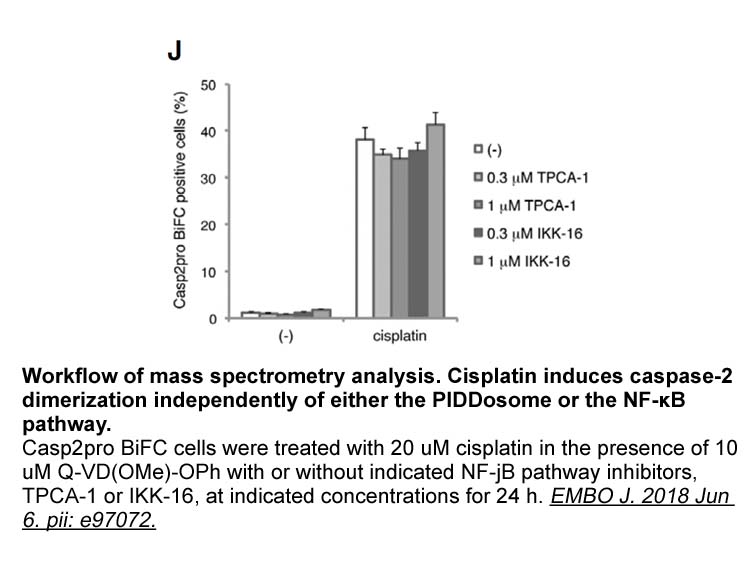
CYP3A is involved in the metabolism of approximately 50% of all drugs that are currently prescribed to patients [1], [15], [16]. Marked interindividual variabilitity of the catalytic function for metabolizing CYP3A substrates has been demonstrated with variability exceeding 20-fold [1]. Levonorgestr
-
The dermal ECM also shows specificities
2020-05-18
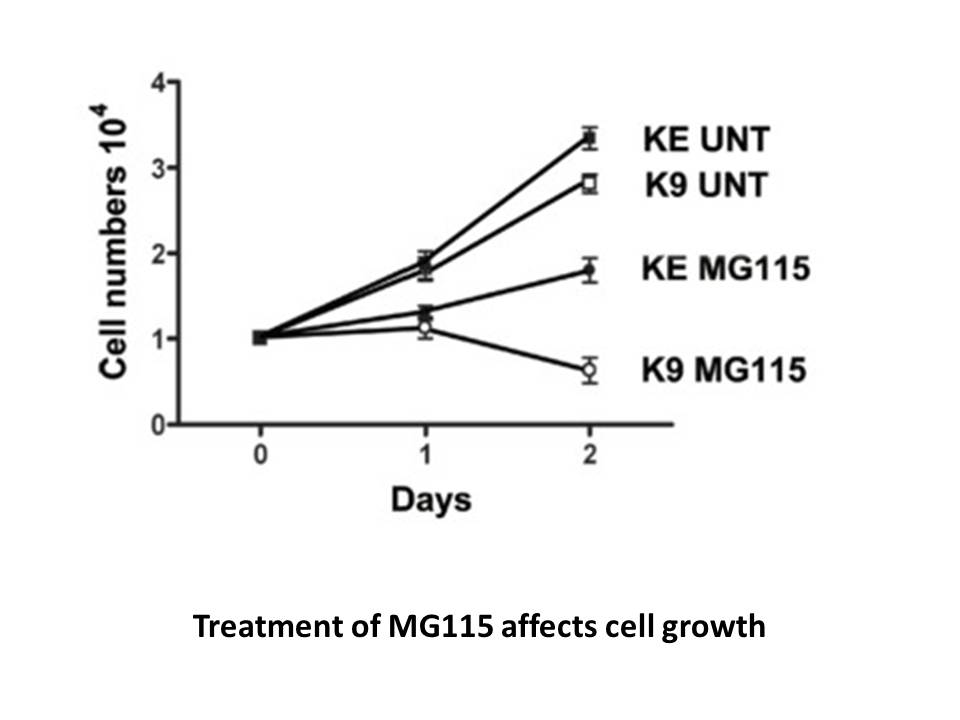
The dermal ECM also shows specificities. During zebrafish embryogenesis, the epidermis is composed of the outer periderm and the inner basal keratinocytes, which are responsible for the initial deposition of ECM in the primitive acellular dermis [17].The dermal endothelial cells, a species-specific
-
The third challenge is to understand the mechanisms
2020-05-16
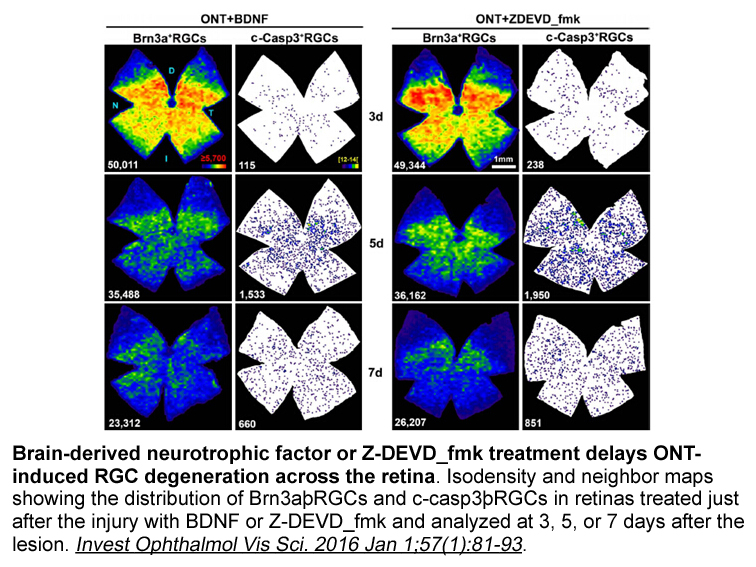
The third challenge is to understand the mechanisms of drug resistance. There are several different mechanisms of ES tumor to develop drug resistance. First, cancer stem cells are capable of proliferate and generate tumor cells with new sets of mutations which may harbor different protein targets [1
-
br EphB as a therapeutic target in cancer Eph
2020-05-16
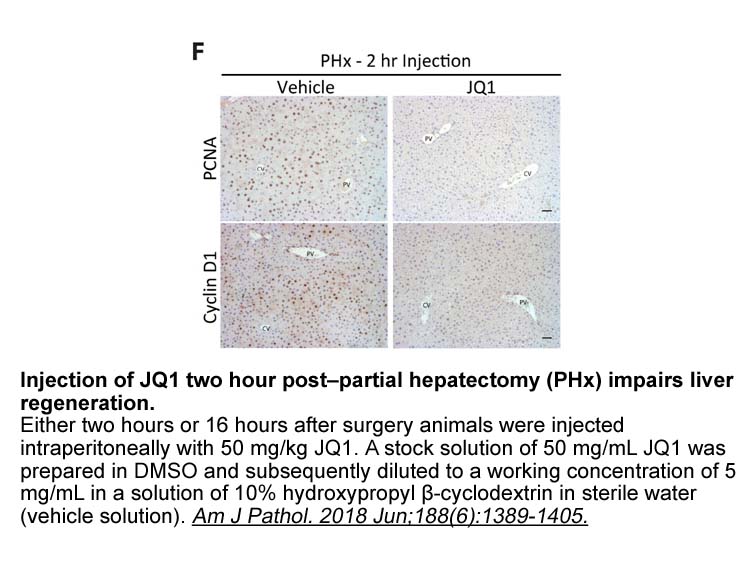
EphB4 as a therapeutic target in cancer Eph receptors and ephrins are promising new therapeutic targets in cancer. Various strategies have been employed to evaluate the interference of tumor-promoting effects or the enhancement of tumor suppressive effects. The inhibition of the Eph-ephrin system
-
The action of pt PGE as an
2020-05-16
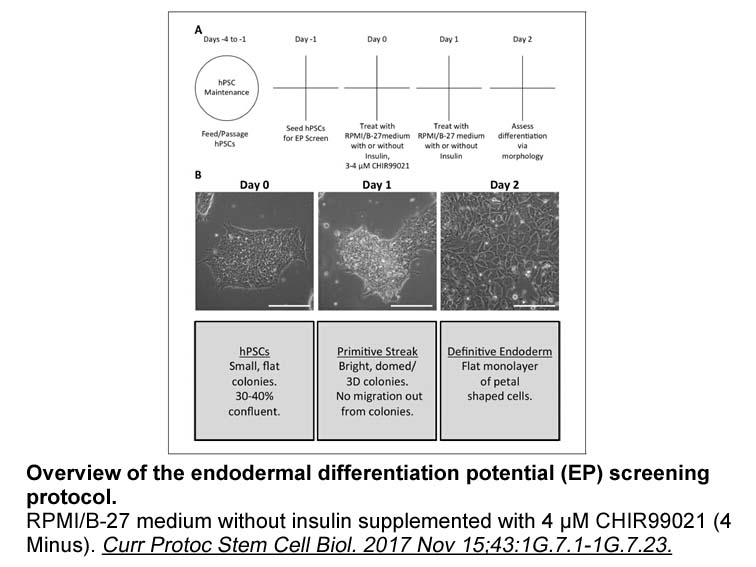
The action of 17-pt-PGE2 as an EP1 receptor agonist [34] was demonstrated in several experimental settings, including cancer, neurons, vascular system, kidney and was confirmed by application of EP1 receptor selective antagonists [35], [36], [37], [38], [39], [40], [41]. Receptor binding studies in
-
From an industrial perspective the
2020-05-16
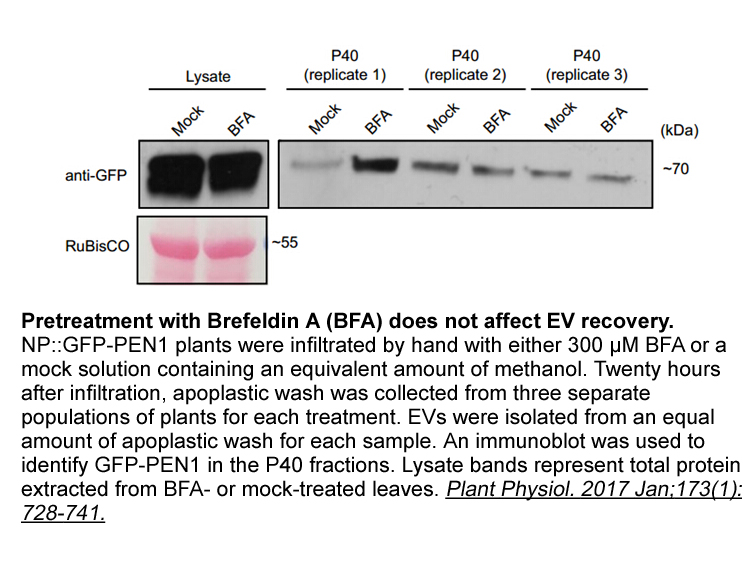
From an industrial perspective, the low turnover numbers and limited substrate scope of α-KG halogenases still represents a significant challenge. However, in light of the fact that currently no chemical processes are available for the selective halogenation of aliphatic carbon centers in complex mo
-
A decrease in heme levels
2020-05-16
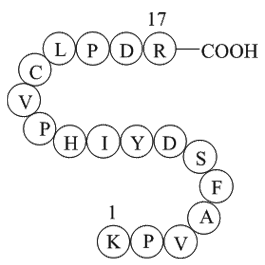
A decrease in heme levels enables the phosphorylation of eIF2α by HRI and thereby inhibition of eIF2α activity. Indeed, the relatively small change in cytosolic heme levels in SZ valsartan and alcohol showed downstream functional consequences manifested by almost 50% elevation in the phosphorylation
-
Zalcitabine Despite robust translation of GA only
2020-05-16
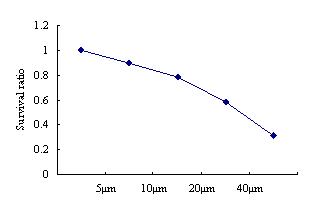
Despite robust translation of GA, only small amounts of GR and GP were translated in cultured Zalcitabine and chick embryo spinal cord neural cells from the 75 copies of G4C2 in monocistronic constructs. Interestingly, GA is also the most common dipeptide found in autopsy tissue in FALS patients wi
-
adenosine receptor antagonist br Results br Discussion Our U
2020-05-16

Results Discussion Our UbV library was originally designed to develop inhibitors of deubiquitinases (Ernst et al., 2013). Recently, we showed that UbVs could exhibit multiple binding modes and mechanisms to modulate HECT E3 activity (Zhang et al., 2016)—one set occupied the HECT domain E2-bind
-
N fowleri enters the host through
2020-05-16

N. fowleri enters the host through the nasal cavity and travels via the olfactory nerve into the GPCR Compound Library synthesis where it causes PAM (Visvesvara and Stehr-Green, 1990). The ameba most commonly infects healthy young adults and children and is able to evade the immune system but also e
-
In some of our studies we examined the occurrence
2020-05-15
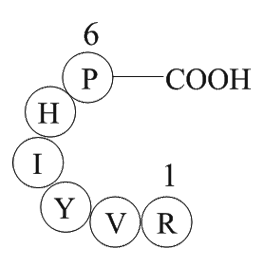
In some of our studies we examined the occurrence of ERβ and SHBG and a possible colocalization between them. Fig. 5 shows that there is no big difference in the occurence of ERβ after short time (A) as well as long time (B) treatment with E2. We can find the receptor at the cell membrane as well as
-
br Significance Our understanding of the ubiquitin biology h
2020-05-15
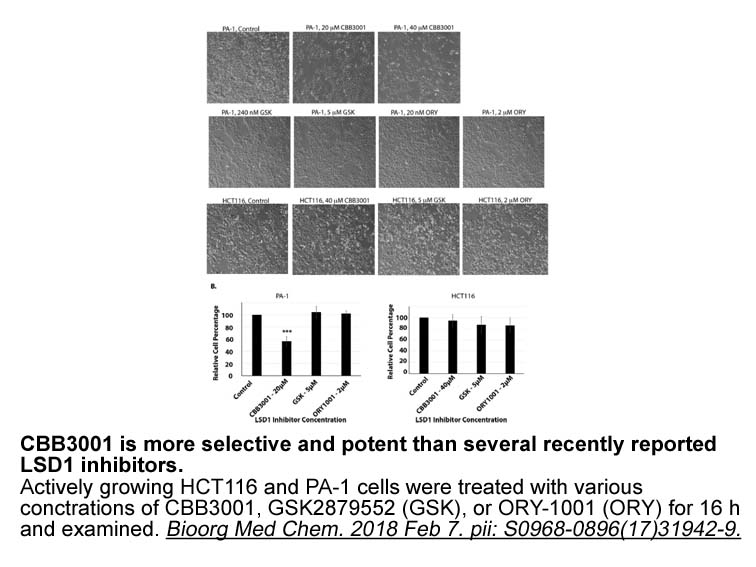
Significance Our understanding of the ubiquitin biology has been rapidly expanding. The role of the ubiquitin system in the pathogenesis of numerous disease states has increased the interest in finding new strategies to pharmacologically interfere with the enzymes responsible of the ubiquitinatio
-
Compounds were prepared via the routes shown in varying the
2020-05-15
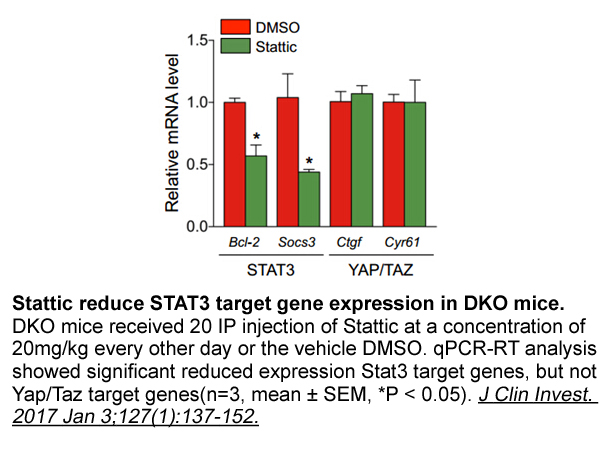
Compounds were prepared via the routes shown in , varying the sequence of reactions to install the thiazole or the phenyl ring at the end of the synthesis (pyridyl examples were prepared using similar chemistry). The aminothiazole building blocks were prepared as shown in . 5-Aminothiazole was prep
-
br Materials and methods br
2020-05-15
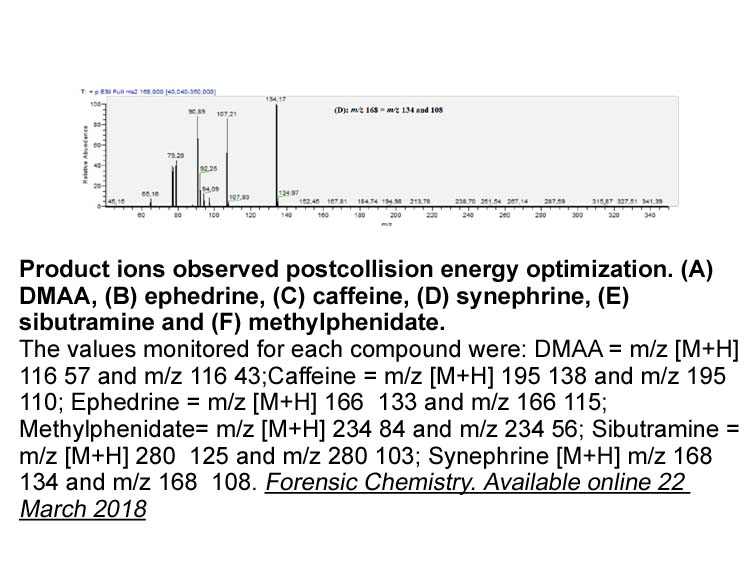
Materials and methods Results Discussion The oestrogen agonist properties and androgen antagonist activities of parabens have been well documented by a variety of in vitro and in vivo assay systems over the past decade (Chen et al., 2007, Darbre and Harvey, 2008, Golden et al., 2005). To th
14209 records 817/948 page Previous Next First page 上5页 816817818819820 下5页 Last page